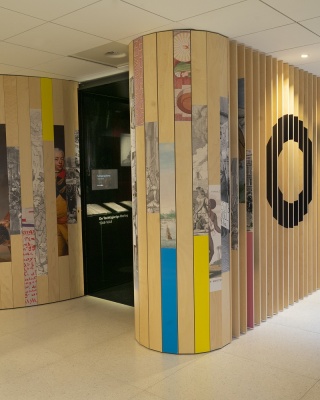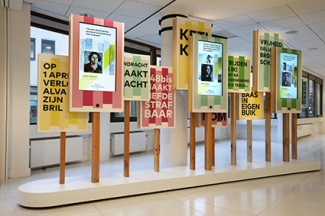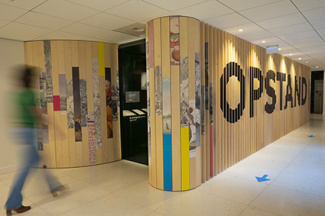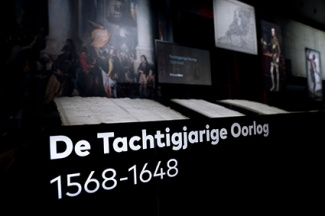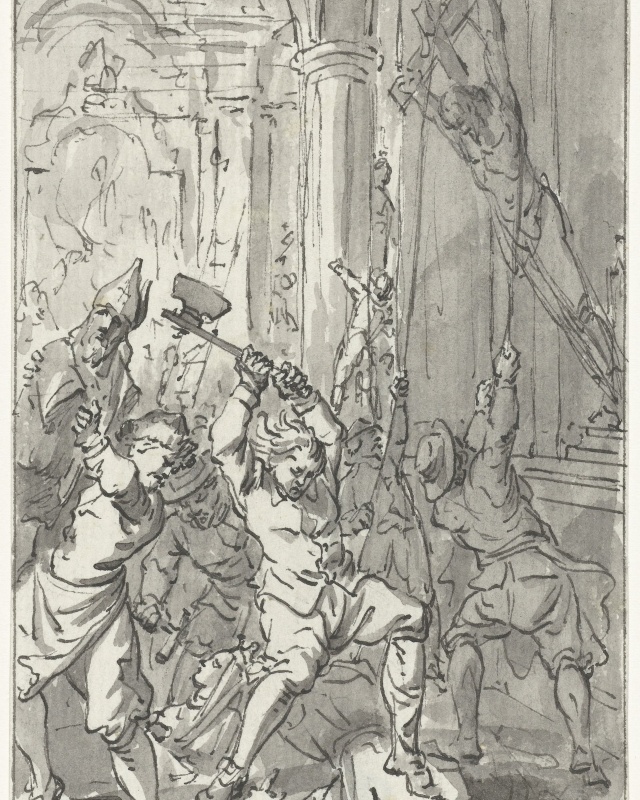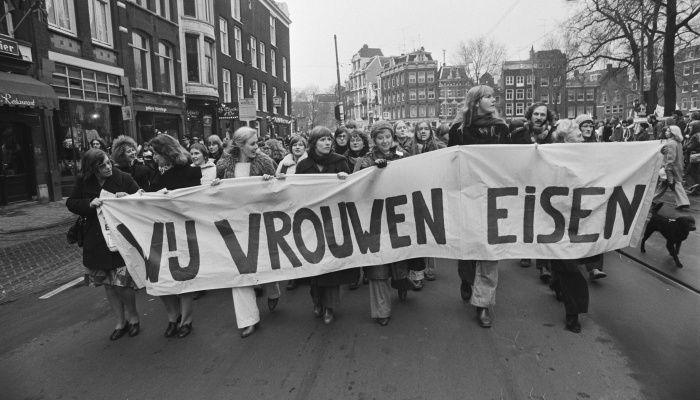Rebellions in perspective
Rebellion & Freedom showcases the history of three rebellions and their impact on Dutch society in the past en present. Experts Nancy Jouwe, Joris Oddens, and Judith Pollmann give their views on the meaning of these historical events.
The story of the Eighty Years' War, an important rebellion in the history of the Netherlands, takes center stage. The Plakkaat van Verlatinge (1581) and the Unie van Utrecht (1579) will be part be a permanent part of this exhibit. The other two elements of the installation change every six months. Currently, we show the history of the Berbice uprising in 1763 and the Batavian Revolution at the end of the 18th century.
Plan your visit
- Tuesday until Friday: 10am-5pm
- Saturday and Sunday: 11am - 5pm
A coronavirus entry pass and face masks are mandatory for everyone aged 13 and over.
The Eighty Years’ War (1568-1648)
In 1555, Philip II succeeded his father as king of Spain and sovereign of the Dutch provinces. A devout Catholic, Philip was fiercely opposed to the new Protestant faith. He ruthlessly persecuted Protestants while working to strengthen his own power. This threatened the provinces’ autonomy and quickly fuelled discontent with their new ruler. But there were also those who clung to the Catholic faith and continued to support King Philip. A civil war broke out, pitting royalists against the Dutch rebels.
Staking Marron-vrachtvaarders 1921
In het grensgebied van Suriname en Frans-Guyana zijn Marrons - nakomelingen van slaafgemaakte personen die de plantages zijn ontvlucht - onmisbaar voor het vrachtvervoer over de Marowijne-, Tapanahony- en Lawarivier. In 1921 nemen zij een resoluut besluit: ze gaan staken. De economische positie van deze Marrons is in de jaren daarvoor sterk onder druk komen te staan. Bij het koloniale bestuur vinden zij geen gehoor voor hun klachten daarover. Zij weten het vrachtvervoer drie maanden lang stil te leggen en blijvend respect af te dwingen. Deze staking laat zien hoe onmisbaar de Marrons zijn voor de koloniale welvaart van Nederland.
My body, my choice
The public debate on the issue of abortion reached great heights at the end of the 1960s. This debate was largely the domain of male doctors and politicians. My body, my choice shows how women’s movement groups Dolle Mina and Wij Vrouwen Eisen claim their place in this debate. Their powerful actions and mass demonstrations are shown via documents and photographs from the collection of the Dutch National Archive. The pro-abortion groups are met by resistance form politicians and society. It takes a long time until a new abortion law is introduced: The termination of pregnancy act.

